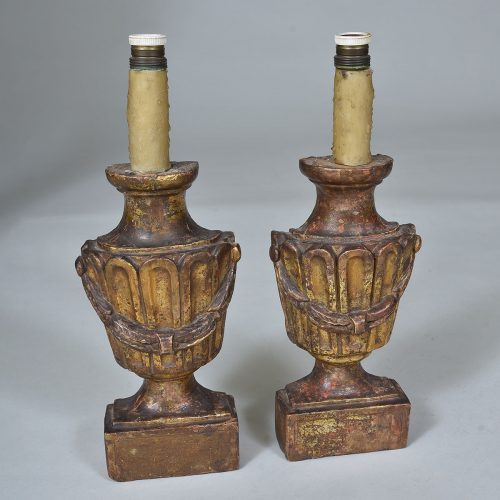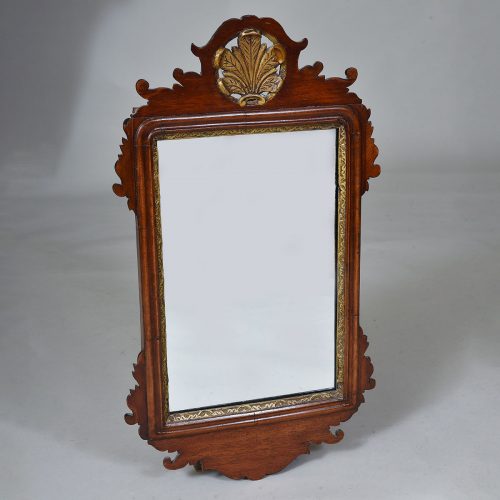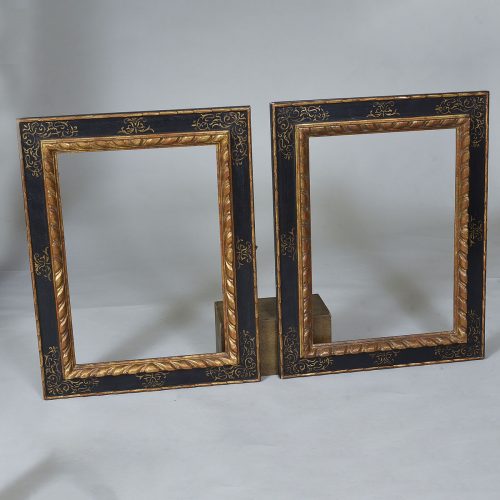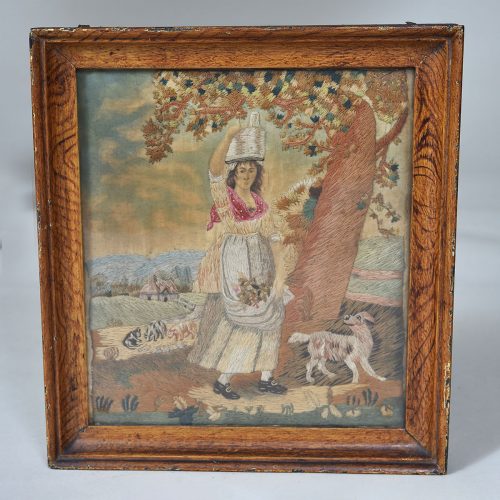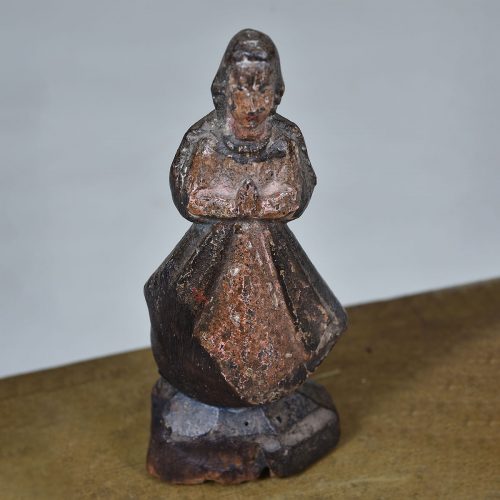Current Stock
-
Arts and Crafts Treen Vessel
£68.00Arts and Crafts treen vessel with carved initials. Would make a lovely desk piece Height: 5.5" / 14 cms -
19th century salt glazed, stoneware flagon with incised decoration. Height: 12" / 30 cms
-
.SOLDSmall antique brass door knocker of a countryman Height: 4.5" / 11 cms
-
Pair of 18th century Lamps
£780.00Pair of 18th century Italian carved and gilded lamp bases with swags and fluted carving. Originally altar sticks. Will need to be rewired. Width: 6" / 15 cms Height: 19" / 48 cms -
.SOLD
Georgian Style Mahogany Mirror
£175.00Georgian style mahogany mirror with shaped surround and gilded decoration. Width: 16.5" / 42 cms Height: 29.5" / 75 cms -
Pair (or can be split) of Italian painted and gilded, carved wooden picture frames. Would make excellent mirrors. Width: 35.5" / 90 cms Height: 28" / 70 cms £495 Each
-
Folk Art Needlework
£295.0019th century folk art needlework in wool and silk or a girl gathering flowers in the fields with her dog, a cottage in the background with cattle in the meadows. In charming, original scumbled frame Width: 12" / 30 cms Height: 13.5" / 34 cms -
.SOLD
19th century Treen Jug
£165.0019th century Oak harvest jug with iron bands. Bands in good condition. Lovely patination to the handle. Height: 14" / 35 cms -
.SOLD
19th century Brass Stick Stand
£425.0019th century Brass stick or umbrella stand with six sections and lift out drip tray. Width: 15" / 38 cms Depth: 9" / 23 cms Height: 24" / 61 cms -
.SOLD
Pair of 17th century Carvings
£195.00Pair of 17th century oak carvings of the Green Man and lion's mask. Continental. Width: 4" / 10 cms Height: 4" / 10 cms -
.SOLD
Early Carved Figure
£325.00Early carving of the Virgin Mary with traces of original polychrome Height: 6" / 15 cms -
.SOLD
Early Carving of an Apostle
£135.00Early carving of a disciple holding a scroll - possibly St Peter - 16th century Height: 5.5" / 13 cms





